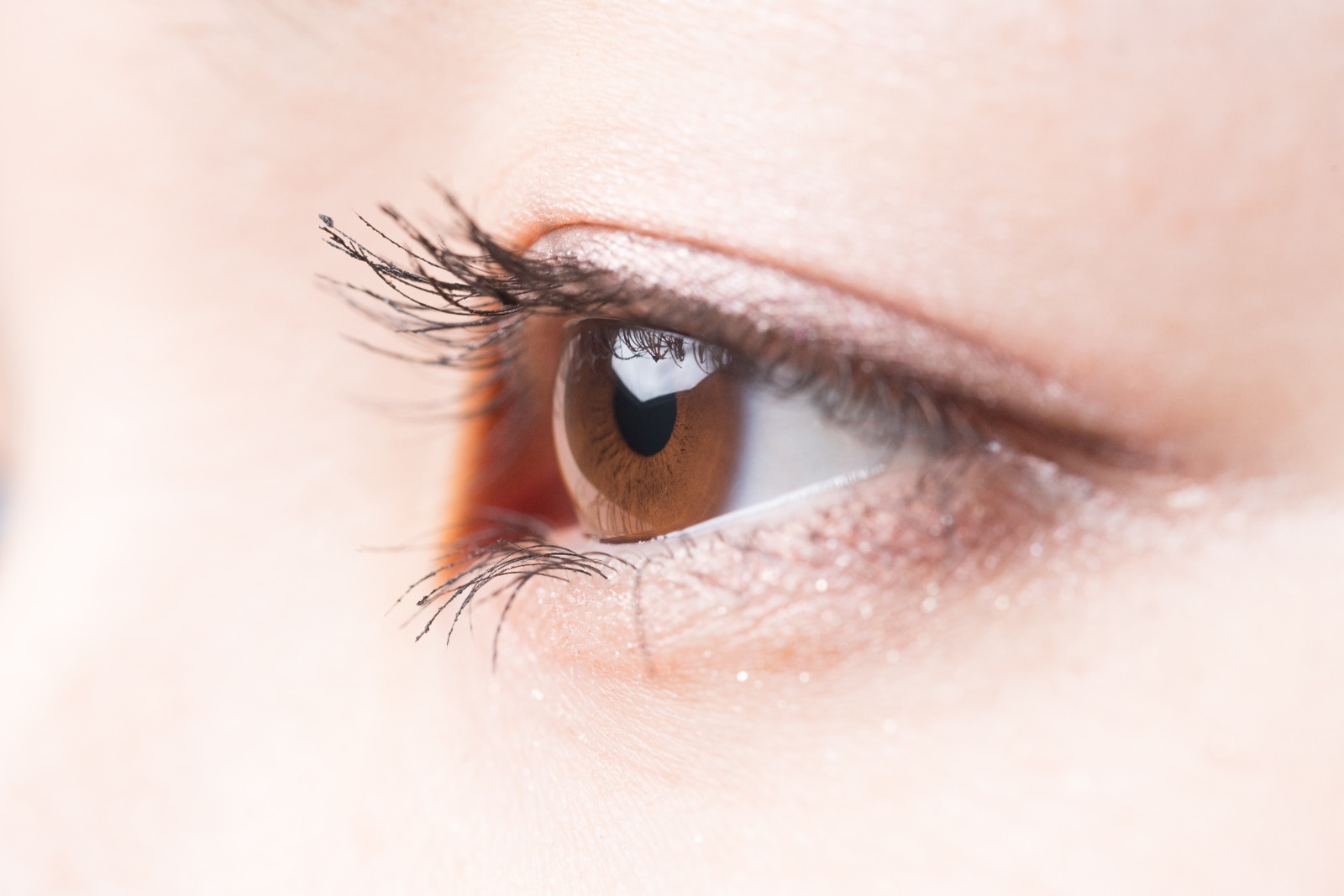  |
Eyelid (Upper) Surgery Upper Blepharoplasty for Droopy Eyelids When we mature, our eyelids may become droopy and can make us look tired, even we aren’t! Unfortunately, as part of the aging process, upper eyelid muscles tend to weaken and the eyelid skin becomes less firm. Our eyes may then look smaller and hooded, losing the “bright-eyed” look of youth. In some, the increasing laxity of skin tissue also allow fat pads to bulge out, thus rendering the upper eyelids puffy as well as droopy. The result is a tired and an unattractive appearance. Upper Blepharoplasty is a procedure in which excessive upper eyelid skin is surgically removed and tightened to restore the eyes to a more youthful appearance. Actually, in some people, Upper Blepharoplasty can enhance vision, as it removes the overhanging upper eyelid which obstructs vision; so it is more than a cosmetic procedure as it improves function as well! For Asians, a double eyelid fold is commonly either totally lacking; or if there is one, it isn’t as obvious when compared to Caucasians. If desired, double eyelid folds can then be created or enhanced at the same Upper Blepharoplasty procedure. Who Are Suitable Candidates for Upper Blepharoplasty?Upper Blepharoplasty is typically not medically necessary and is mainly done for cosmetic purpose. So, see your eye doctor first to determine if you have any eye problems, as your health always comes first! Medical conditions such as diabetes, dry eyes and smoking may increase surgical risks. However, Upper Blepharoplasty is a relatively safe procedure. A thorough consultation with the plastic surgeon will be vital to assess your condition and discuss your needs. Communication with your plastic surgeon is very important. You should be able to understand what’s involved in the procedure and the possible complications, and have realistic expectations. With a healthy body and a healthy frame of mind, most of us who have droopy eyelids usually make good candidates for Upper Blepharoplasty. Upper Blepharoplasty – the Procedure:Blepharoplasty is usually performed under local anesthesia in a day procedure centre. Upper blepharoplasty is usually done as an “awake” procedure. The skin is well numbed by local anesthetic. You may be asked to open and close your eyes during the procedure to help surgeon to get the best results, so it is better that you are not sedated so that you can be fully cooperative. However, if you are really nervous, a light sedative can be given. Cuttings (incisions) usually are made in the natural crease of the upper eyelid some 8mm to 10 mm from the eyelashes. After removal of excess skin / fat pads, your surgeon will close the incision with very fine sutures, which will be left in place for about one week. The incision will eventually heal with non-obvious scars. The procedure usually takes about one and half hour. After the ProcedureYou can pretty much get up right away after the procedure, but it will be better to have someone accompany you home. You will be able to see normally, no eye patches are required. Upper Blepharoplasty is not particularly a painful procedure. While painkillers will be prescribed, they aren’t usually needed. Some bruising and swelling will be expected after the procedure. Swelling may go away swiftly for some, but usually takes about a week or so. Cold and warm compresses can help promote faster healing. Contact lens should be avoided for at least one week. As non-dissolving sutures are used for better cosmetic results, you will be returning to the clinic to have these sutures removed after 5 to 7 days. Some people return to work as early as the next day after the procedure! But it really depends on the nature of work and personal preference. Possible Complications of Upper BlepharoplastyWhile your surgeon works to the best of his / her professional expertise, as with all medical and cosmetic procedures, results can vary due to many factors, and perfect results cannot be guaranteed.
|
|
DISCLAIMER: The information contained in this site is strictly intended only for the use of registered patients and is confidential and may be privileged and/or otherwise protected from disclosure. Any unauthorised use, copying, dissemination or any other action taken or otherwise omitted to be taken in reliance upon this information is prohibited.


